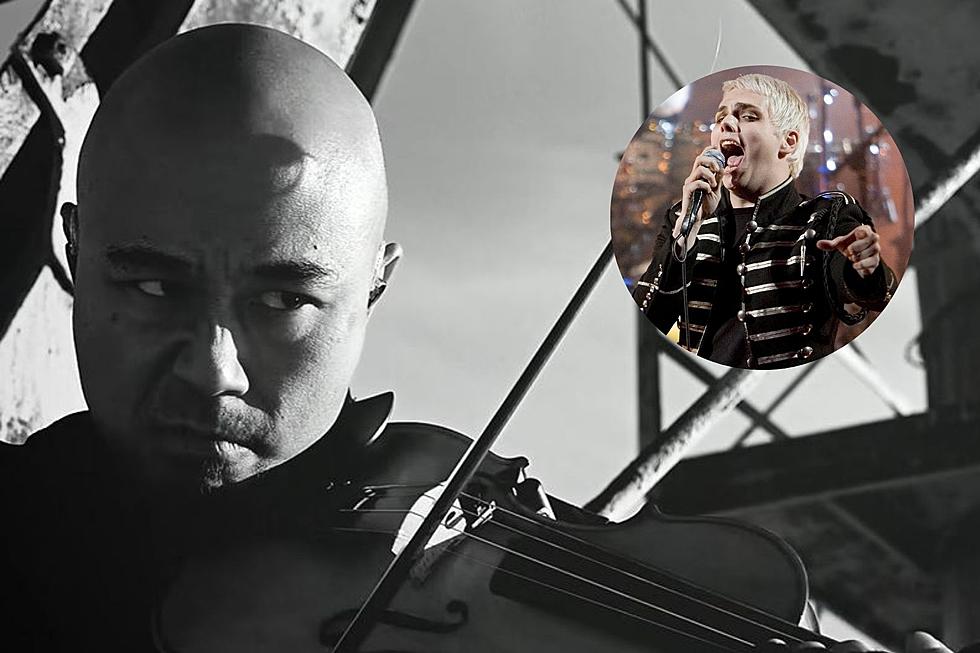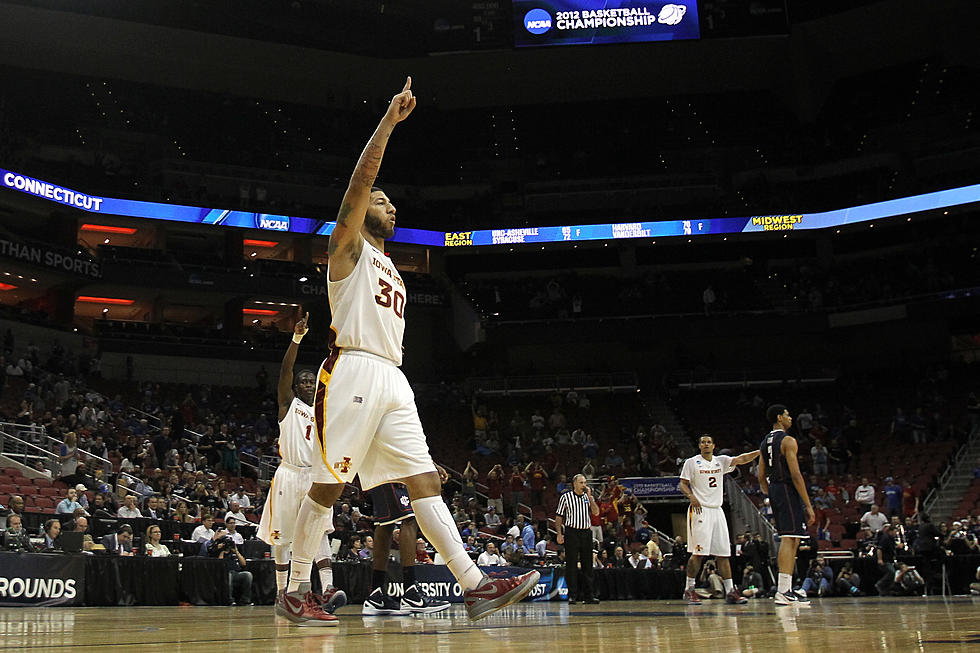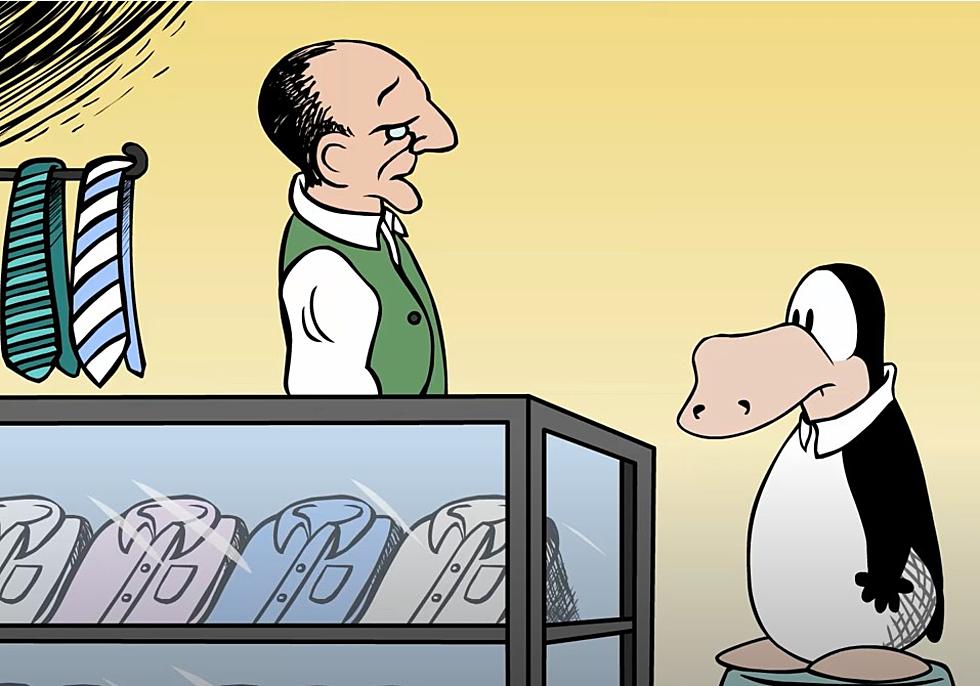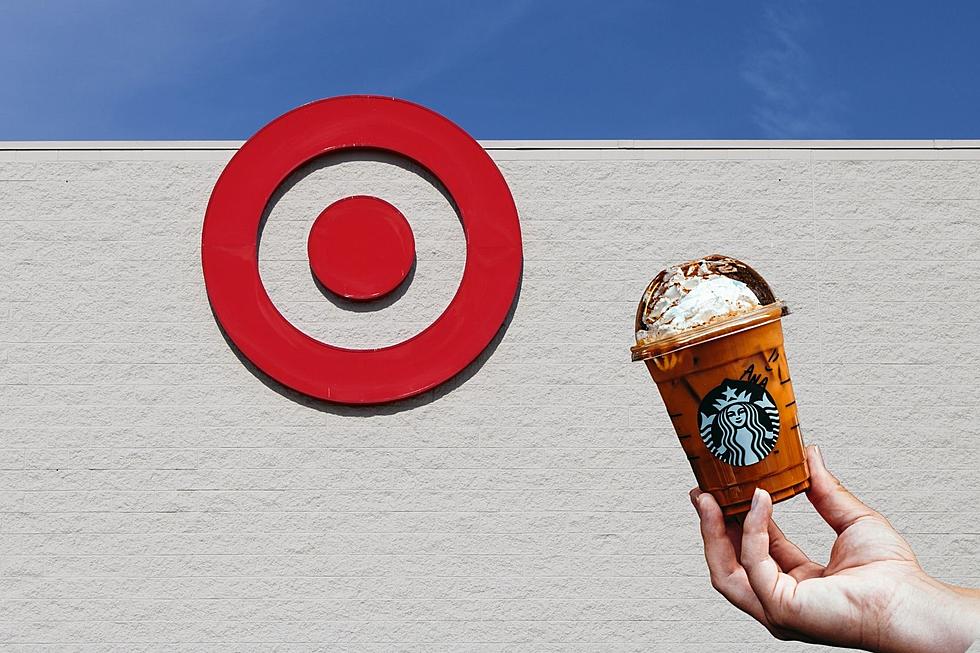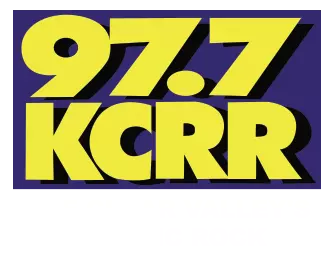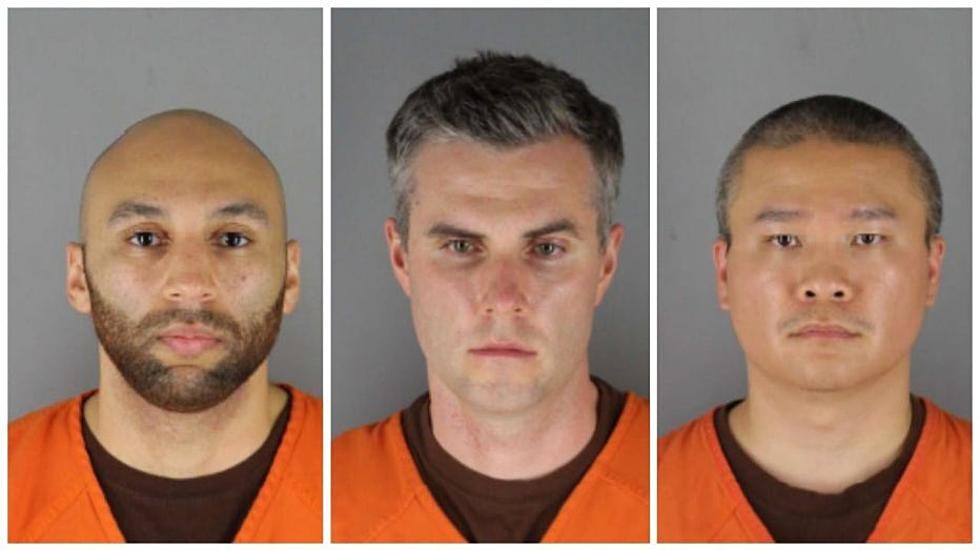
Deliberations Resume in George Floyd Federal Trial

ST. PAUL, Minn. (AP) — Jurors resumed deliberations Thursday in the trial of three former Minneapolis police officers charged with violating George Floyd's civil rights when he was pinned to the ground for 9 1/2 minutes as fellow Officer Derek Chauvin pressed his knee into his neck.
Jurors met for about seven hours Wednesday, the first day of deliberations, with no decision on the charges against J. Alexander Kueng, Thomas Lane and Tou Thao.
All three are charged of depriving Floyd of his right to medical care. Kueng and Thao are also charged with failing to intervene to stop Chauvin during the May 25, 2020, killing that was captured on bystander video that triggered protests worldwide and a reexamination of racism and policing.
Prosecutors told jurors during closing arguments that the three officers “chose to do nothing” as Chauvin squeezed the life out of the 46-year-old Black man. Defense attorneys countered that the officers were too inexperienced, weren’t trained properly and did not willfully violate Floyd’s rights.
A handful of protesters stood outside the courthouse Thursday morning holding large signs, including one mocking the officers that said, “If I only had a brain, a heart, the nerve." It was decorated with pictures of the Scarecrow, Tin Man and Cowardly Lion from “The Wizard of Oz.”
All 12 members of the jury — eight women and four men — appear to be white, although the court has not released demographics such as race or age. A woman who appeared to be of Asian descent was excused Tuesday from the panel without explanation; a man who appears to be of Asian descent remains as an alternate if one of the current 12 cannot continue.
Lane is white, Kueng is Black and Thao is Hmong American.
That is a sharp contrast to the jury that deliberated the state murder case against Chauvin. That jury was half white and half nonwhite.
The federal jury pool was selected from throughout the state, which includes areas much more conservative and less diverse than the Minneapolis area from which Chauvin’s jury was drawn. Chauvin was convicted of murder and manslaughter, and later pleaded guilty to a federal civil rights charge.
Prosecutors sought to show during the monthlong trial that the officers violated their training, including when they failed to roll Floyd onto his side or give him CPR. They argued that Floyd’s condition was so serious that even bystanders without basic medical training could see he needed help.
But the defense said the Minneapolis Police Department’s training was inadequate and that the officers deferred to Chauvin as the senior officer at the scene.
Chauvin and Thao went to the scene to help rookies Kueng and Lane after they responded to a call that Floyd used a counterfeit $20 bill at a corner store. Floyd struggled with officers as they tried to put him in a police SUV.
Thao watched bystanders and traffic as Kueng knelt on Floyd’s back and Lane held his legs.
The jurors are not sequestered — isolated from outside influences that could sway their opinion — which is sometimes done by having them stay in hotels during deliberations. They are allowed to watch videos from the scene and view other evidence as much as they want during deliberations.
Federal civil rights violations that result in death are punishable by up to life in prison or even death, but those sentences are extremely rare, and federal sentencing guidelines suggest the officers would get much less if convicted.
Lane, Kueng and Thao also face a separate trial in June on state charges alleging that they aided and abetted murder and manslaughter.
More From 97.7 KCRR
